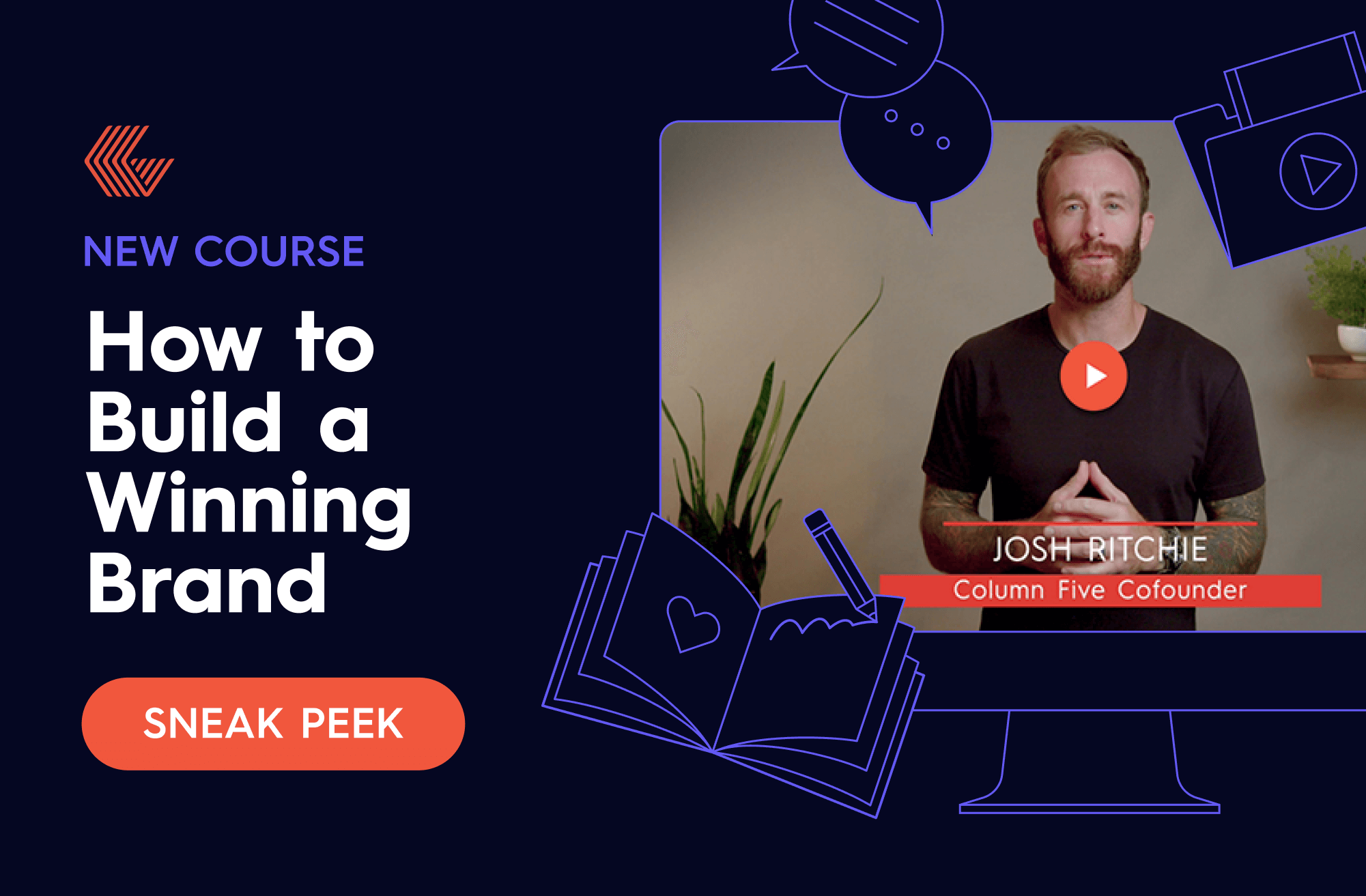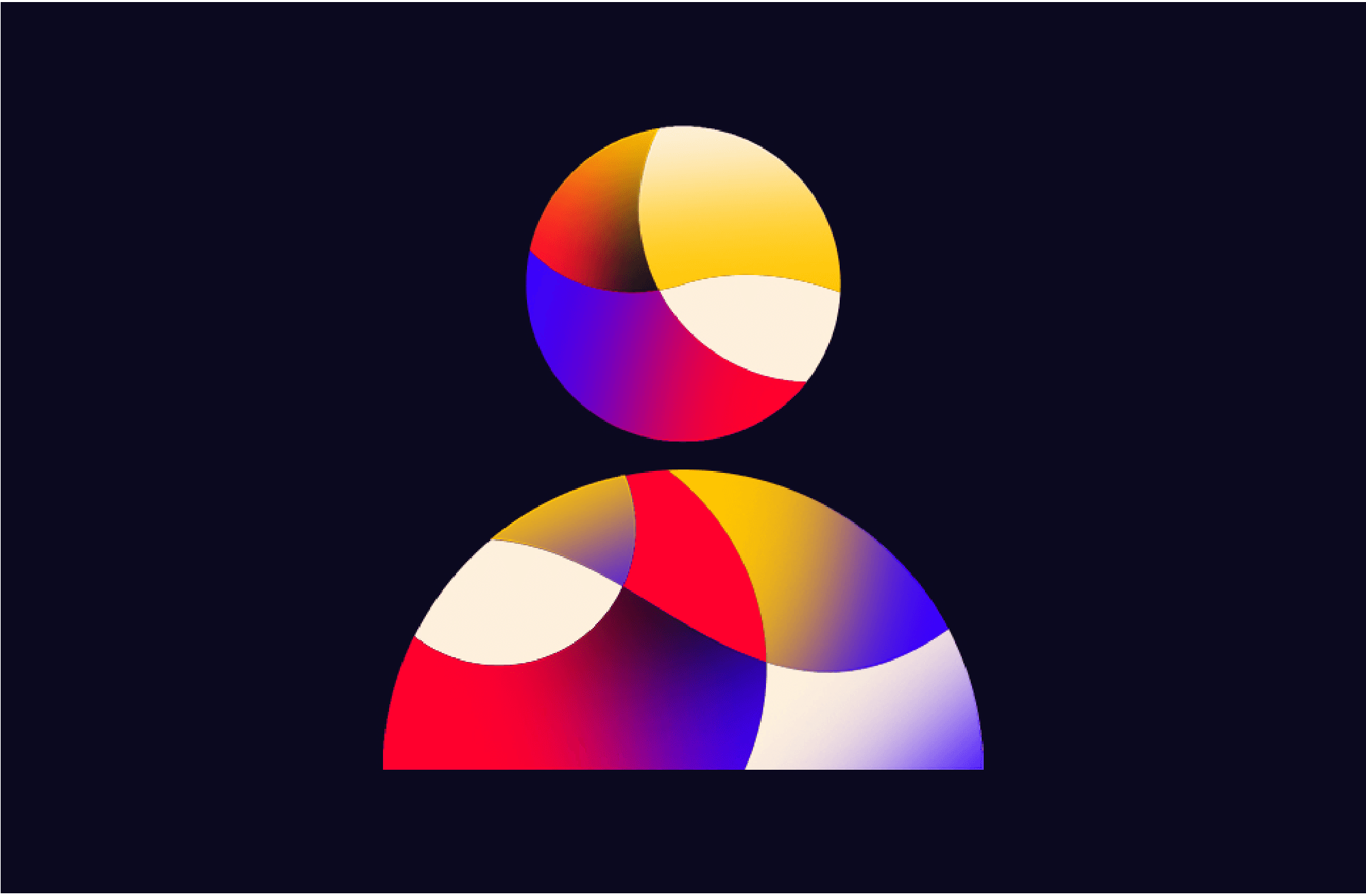In the B2B space (especially SaaS), most companies focus on the tech and innovation needed to bring the best products/services to the market. But when it comes to the people who will actually benefit from said products/services, brands can be shockingly shortsighted. The truth is, if you want to be a winning brand, you need to be a customer-first company.
But as Ethan Kanat, Senior Principal of Creative Strategy at Zendesk, pointed out on our recent episode of the Best Story Wins podcast, most companies think they’re customer-first—but their actions prove they’re actually tech-first. Zendesk is a brand that helps clients create better customer experiences, so they’ve witnessed this tech-first thinking firsthand, and they’re not the only ones. Over and over, we’ve also encountered clients who put themselves first, not their customers.
How do you know if you’re making this same mistake?
- You focus more on what you want to say than what your audience needs to hear.
- Your marketing is product/service-centric.
- You have clunky UX.
- Your content and messaging is inconsistent.
And those are just a few of the signs. But if any of these issues sound familiar, don’t feel bad—there’s a reason this issue is so pervasive. But it is also one of the biggest barriers to winning hearts, minds, and market share. If you want to be a successful brand, you need to make an intentional effort to adopt customer-first thinking at every level of your organization. Fortunately, we have a few tips to help you start making that shift today.
3 Tips to Be a Customer-First Company
Zendesk is the gold standard in understanding customer needs, and Kanat and his team think deeply about how to center the customer in all of their marketing and decision-making. Here are his top three tips to keep your team focused on the right things.
1) Use data to understand your customer needs.
The best way to get inside your audience’s mind (and understand what they want) is to dig into the data. Through analytics, you can track user behavior, preferences, pain points, engagement, and more. This gives you the direct insight you need to cater to them in everything from product development to brand messaging.
As Kanat mentioned during our conversation, historical data is one of the biggest keys to Zendesk’s success. “We just have a tremendous amount of experience and a tremendous amount of data on who customers are, what they’re doing, what they like, what they don’t like,” Kanat says.
This intimate understanding of their audience influences everything Zendesk does, from UI and branding to marketing and beyond. That data also guides their decision-making when they want to try something new.
This is one of the most powerful things about data. Not only can it guide your marketing moves today but it can help you stay ahead of the curve, as you may uncover trends and changes in customer behavior to get ahead of. For example, your analytics may reveal that your audience is abandoning one social platform for another. You can adapt to this change and meet them where they are.
Tip: Analyze purchasing patterns, interaction history, and feedback to gain a 360-degree view of your customers, then segment your audiences based on their behaviors and preferences to create personalized experiences. Use our guide to create personas and ideal customer profiles (if you’re in B2B) to segment your audience, identify their desires, and vet your marketing ideas accordingly. This way you can anticipate their needs—before they even express them—and become a trusted and helpful brand in the process.
2) Understand how you help—and tell those stories.
Beyond products and services, customers want solutions that resonate with their values and desires. One of the best ways to cater to them is to shift your focus from the technical aspects of what you do to how much what you do enriches their lives.
When you have a clear understanding of the value you provide (aka the emotional benefits), you can translate those points into interesting and compelling stories that emotionally resonate with your audience.
“On our team, we like to use the term ‘story thinking,’ which is sort of a design-thinking adjacent principle. Basically, it’s the idea the best way to share and understand information of any kind is to put it into the narrative format,” Kanat says.
When you pair the right story with the right format and channel, you can communicate in a way that works for them—and drastically transform the way your customers perceive your brand.
Tip: Stories can come in many forms, but customer success stories are one of the most powerful ways to highlight the real-world benefits your solutions bring. See our tips to tell a powerful story about how you’ve helped customers overcome challenges or achieve their goals.
3) Reduce complexity as much as possible.
This is one of the most powerful yet most overlooked ways to put your audience first. People are busy. They’re stressed. They’re looking for solutions. Most importantly, they want the smoothest, easiest path to find those solutions. This is why customer-first companies focus on creating seamless brand experiences.
Don’t underestimate the power of simplicity either. It can be a huge differentiator in an overcrowded market. (Just look at Apple—one of the biggest selling points of their brand is the elegance and simplicity of their products.)
Kanat credits this mindset as another reason why Zendesk is so successful. Whether it’s marketing messaging or their website UI, they ask the same questions every time. “How’s this gonna help people understand what we’re doing or what we’re offering to them?” Kanat says. “We want to reduce complexity with all those things, and so we often use that as the litmus test for the quality of the work that we’re doing.”
Tip: There are many ways to simplify and improve your brand experience. Audit your current buyer journey to look for pain points, messaging gaps, etc. Reassess your brand messaging to ensure it’s clear, concise, and compelling. And look for ways to simplify information or break down concepts into easily digestible information.
How to Put Customers First—Always
It’s easy to lose sight of your goals when you get distracted by your own brand’s wants/needs. But remember: Helping your audience is helping your brand. As you continue to build out your marketing efforts, here are a few final thoughts to keep your content strategy focused and effective.
- Don’t bore them. No matter what type of product/service you’re marketing, you need to be able to engage people in a meaningful way. Pushing your creativity and creating enticing content is one of the best ways to do that. Start with our tips to inject more personality into your content.
- Create inclusive marketing. If you want to connect with customers, they need to see themselves in your world. Find out how to create marketing that is welcoming to all.
- Cultivate trust. If you want to build a community of lifelong fans, they need to trust and respect your brand. The tips we’ve talked about today will go a long way toward cultivating that trust, but try these additional tips to strengthen your relationship.
And in the meantime, while you’re focusing on serving your customers, we’re here to give you the insight, support, and guidance you need to meet your goals. If you’re looking for more ways to do your job more effectively, take a look at our resources library, subscribe to the Best Story Wins podcast, or find out how we can help bring your content strategy to life.





